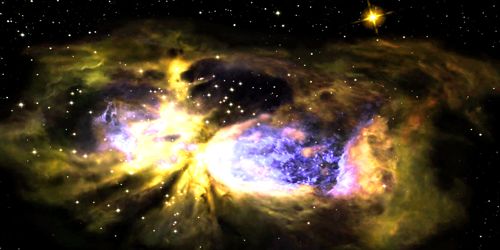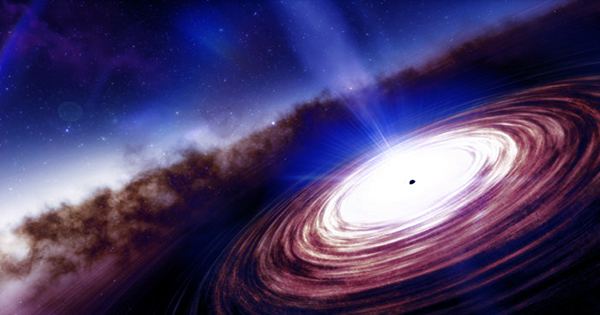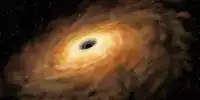Collisions are an important part of galaxy formation. We have experienced multiple minor collisions throughout the history of our own Milky Way and are expected to eventually occur with Andromeda in the future.
Astronomers have gathered one of the most significant insights into recent past collisions and learned more about the Milky Way in the process. About 10 billion years ago, the Gaia-Enceladus / Sausage galaxy began interacting with the Milky Way, giving 50 billion solar people the value of stars, gas, and darkness. The collision destroyed the poor sausage and, according to new research, had a major impact on the Milky Way. A new analysis published in the journal Nature Astronomy found that the population of the Milky Way stellar was already significant and prosperous at the time of this consolidation.

Researchers in the study found that a significant proportion of the stars in our galaxy were older or comparatively older than the stars in the Gaia- Enceladus / Sausage galaxy. Fiorenzo Vincenzo, co-author of the study and a fellow in the Ohio State University’s Center for Cosmology and Astroparticle Physics, said in a statement, “Our evidence suggests that when the merger occurred, the Milky Way already formed a huge population of stars.” Galactic collisions involve galaxies and result in increased star formation between merged objects.The team analyzed in detail some of the older stars in the Milky Way and some of the stars that we know were related to other neighboring galaxies because of their motion. Lead author Josefina Montalbán, from the University of Birmingham, said in a statement, “The Milky Way contains valuable information about the origin of the chemical composition, position and motion of the stars we can observe today. As we increase our knowledge of how and when these stars formed, we can begin to better understand how they came together with Gaia- Enceladus influencing the evolution of our galaxy.” In particular, the team used astronomy to improve the dating of these stars, a technique that looks at their internal fluctuations.













